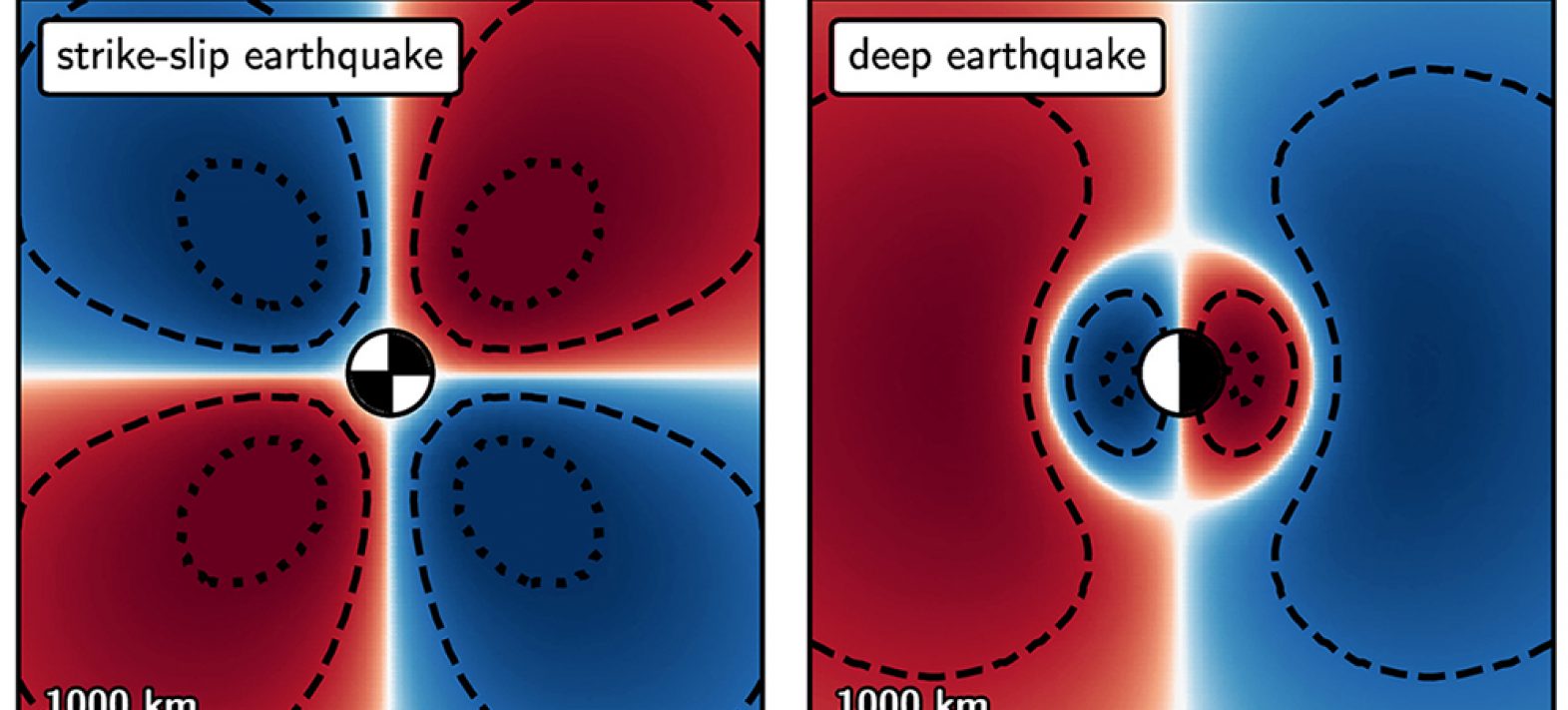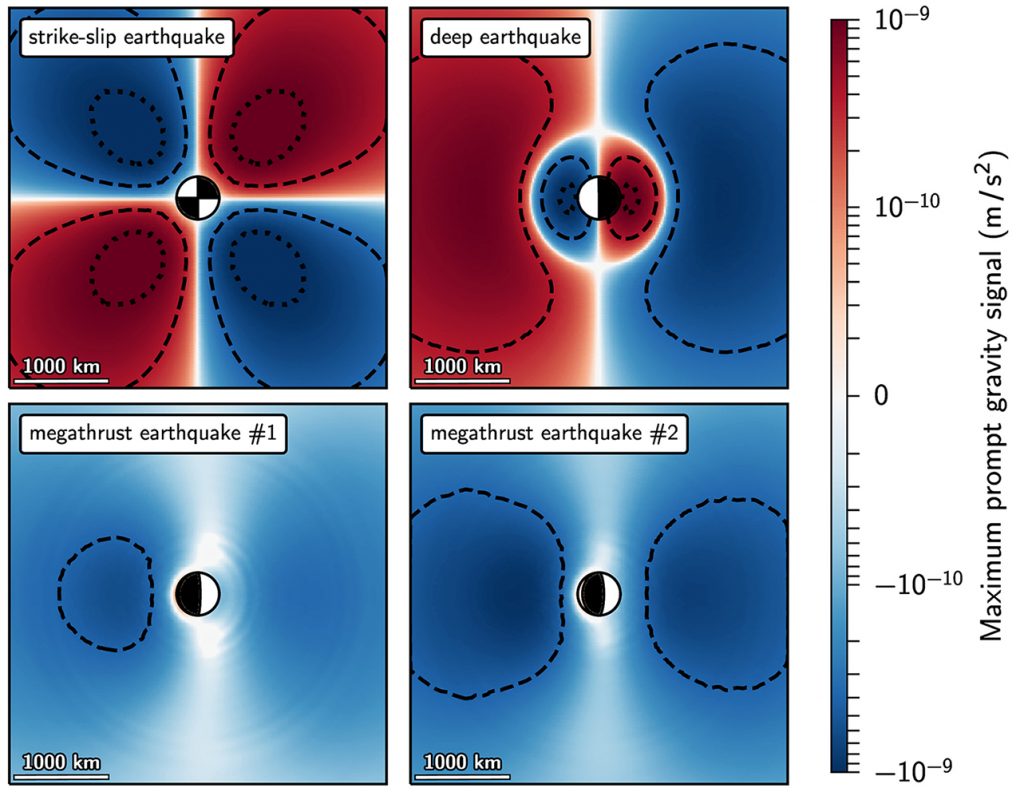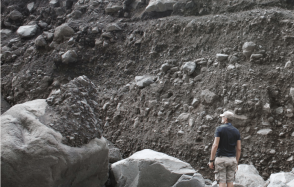Observation of early signals of disruption of the Earth’s gravity field linked to multiple earthquakes
These new observations of gravity disturbances, preceding seismic waves, confirm the potential of these signals for earthquake early warning systems.

Latest news









